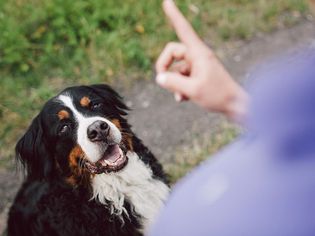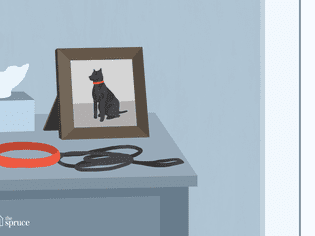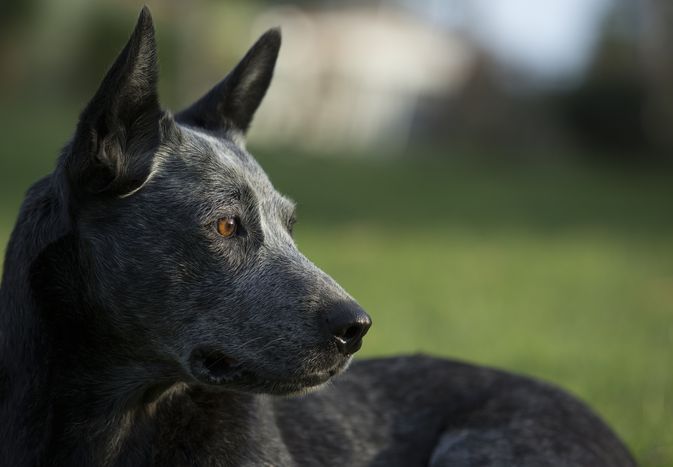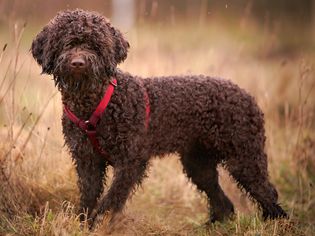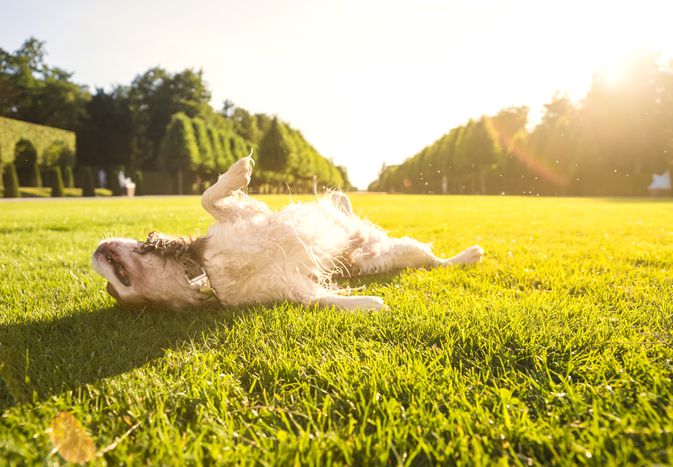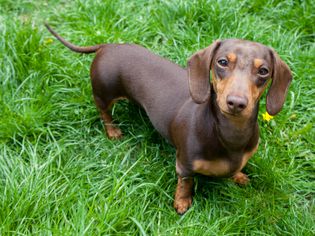Baking soda is a versatile household item that can be used in a variety of ways. From cooking and baking to cleaning and deodorizing, this staple is a must-have for all homes. Is baking soda bad for dogs? There are situations where baking soda is actually helpful to use around dogs. Small amounts of baking soda are considered harmless to use around dogs, but feeding it to them is not recommended. Baking soda can be toxic to dogs if large quantities are ingested. It's important to understand how to use it properly and keep your dog safe.
What Is Baking Soda?
Sodium bicarbonate is a chemical compound that consists of sodium and bicarbonate. This salt is commonly known as baking soda when it is in the form of a crystalline white powder. Baking soda is commonly used as a leavening agent in baking. It becomes baking powder when it is combined with a dry acid such as cream of tartar.
In addition to acting as a leavening agent, baking soda has other uses in baking and cooking. It is also sometimes used as an antacid for humans when taken orally. Baking soda is an excellent cleaner. It has a mildly abrasive quality and a drying effect, making it useful for many kinds of messes. Baking soda is great at absorbing odors and is often sprinkled on carpets and upholstery to deodorize. It is also commonly used to freshen the air in refrigerator and freezer spaces.
Is Baking Soda Bad for Dogs?
Baking soda has a somewhat salty taste with a bitter, soap-like quality. While most dogs won't find the taste particularly appealing, the saltiness may be enough to make a dog enjoy the flavor and therefore eat too much.
Baking soda can have toxic effects if a dog eats 10-20 grams per kilogram (22-44 grams per pound of body weight). One teaspoon of baking soda equals about four grams. A small box of baking soda is typically eight ounces or 227 grams. A ten-pound dog (4.5 kg) can experience toxicity after eating 45-90 teaspoons (180-360 grams) of baking soda. This means a ten-pound dog could become sick after eating as little as three-quarters of a small box of baking soda. A 50-pound dog would need to eat about four boxes. This is quite a large amount for a dog to eat, but it is possible.
Baking soda in baked goods is not a problem for dogs because the amount used is so small. If a dog becomes sick from eating baked goods, the culprit is likely the fat content or a toxic food ingredient (one that is more toxic than baking soda).
The first sign of baking soda toxicity is typically vomiting. Additional signs include diarrhea, lethargy, depression, seizures and/or tremors, disorientation, and shortness of breath.
Because baking soda is a salt, ingestion of large amounts can easily cause a serious electrolyte imbalance. It can also lead to congestive heart failure. These conditions can be fatal, especially if left untreated.
What to Do If Your Dog Eats Baking Soda
If you suspect your dog has eaten baking soda, try to determine how much was ingested. Contact your veterinarian immediately for advice. Never induce vomiting unless your vet specifically advises you to do so.
Your dog should not experience toxic effects if he has definitely eaten less than the toxic dose. However, vomiting may still occur. Watch your dog closely and provide plenty of water. If the vomiting occurs more than once or twice, contact your veterinarian for advice.
When in doubt, bring your dog to the vet for an examination. The sooner treatment begins, the better chance the dog has of surviving.
Dog-Safe Uses for Baking Soda
It is not recommended that you feed your dog baking soda, even in small quantities. However, baking soda can be very helpful for other dog-related concerns.
Deodorize carpet, upholstery, and pet bedding by sprinkling a light coating of baking soda on the area to be deodorized. Allow it to sit for about 30 minutes, then vacuum the area thoroughly.
Use baking soda as a dry shampoo on your dog's coat. Make sure the coat is completely dry. Then, apply a very light dusting, making sure to avoid the dog's head. Rub it into your dog's coat, then brush the coat out well.
Treat the pain of a bee sting by applying a paste of baking soda and water to the affected area. If possible, remove the stinger first. Be sure to keep your dog from licking the area.
Clean dog bowls and other surfaces with baking soda and water. The light abrasive will help remove stuck-on food and debris. Be sure to rinse the area well.

